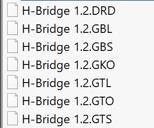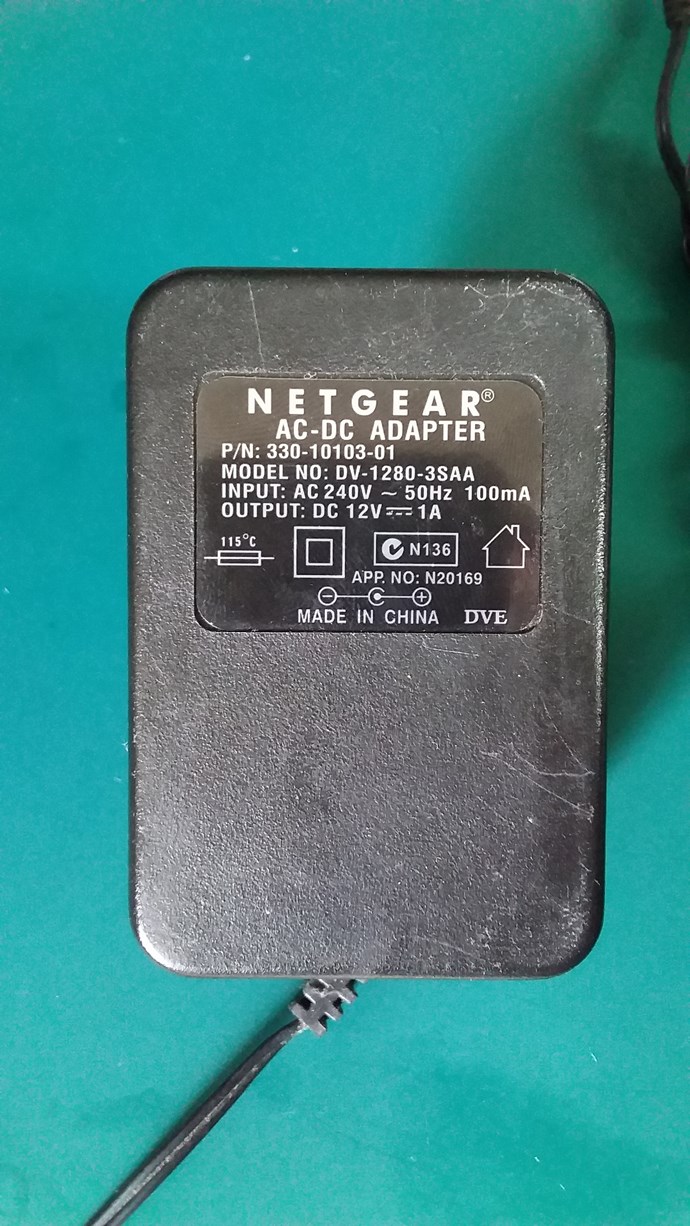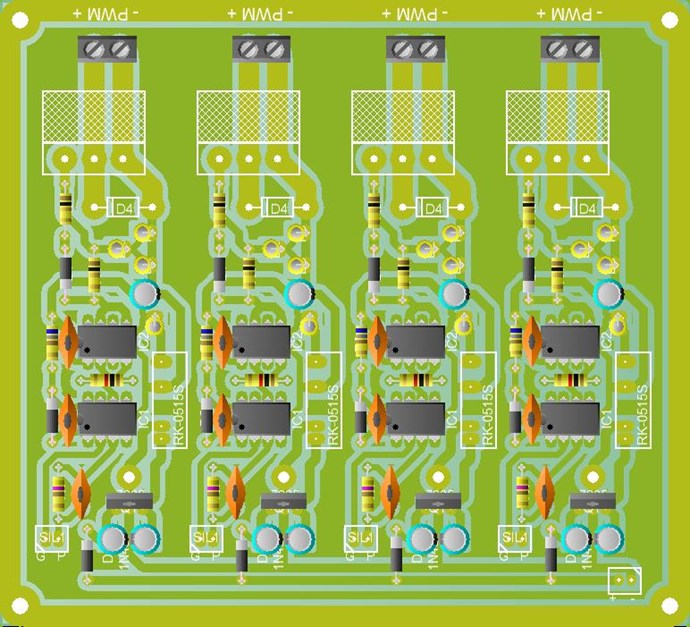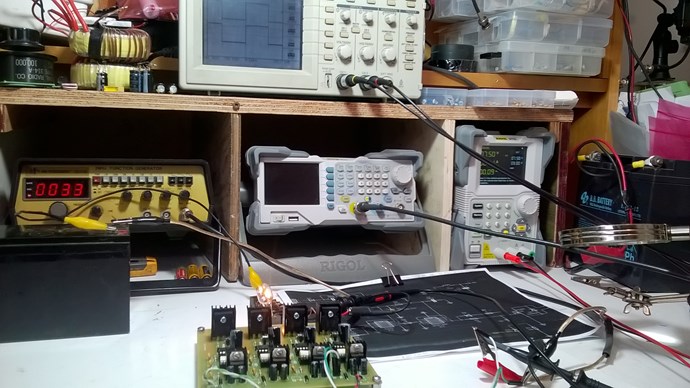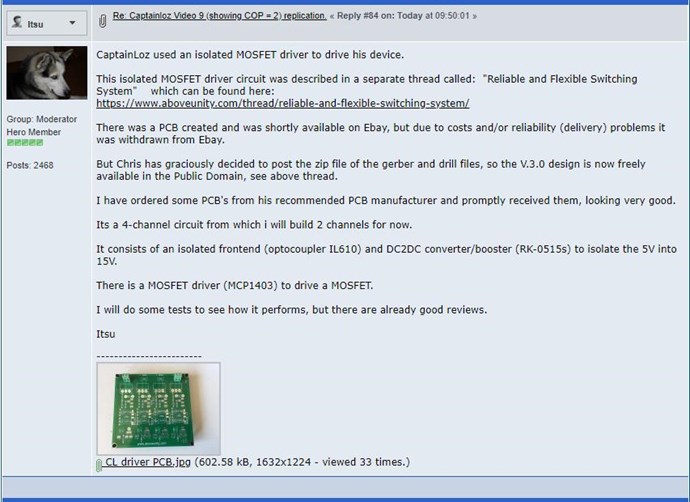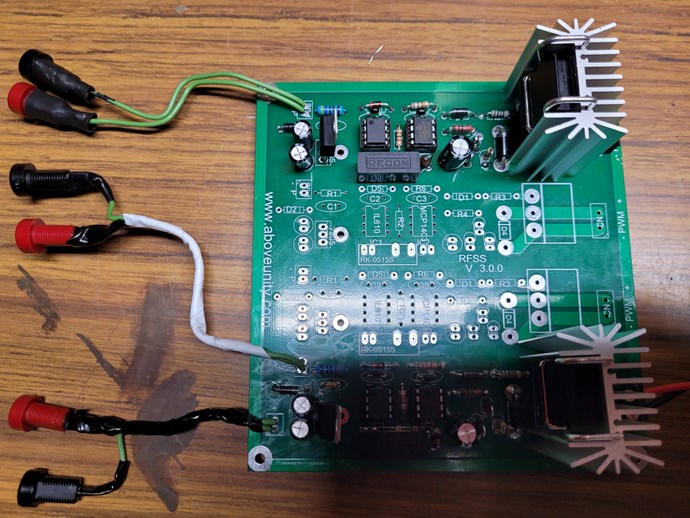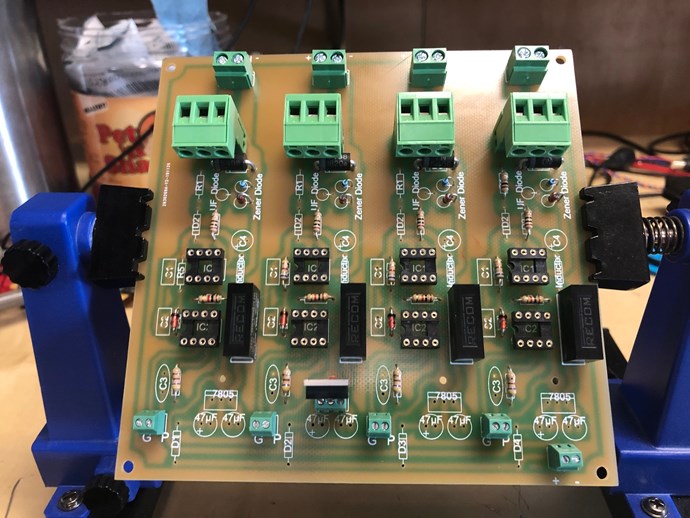Stupid question, but, Kritischer, you have checked the Input Signal is 5V from the Zero Graticule Line to Peak and not 5.5V from Peak to Peak?
Of course, this will be an issue if you have made this mistake, it needs 5V Input Signal, not 2.5V Positive and 2.5V Negative, not Negative Going Signals, not AC Signals.
I switched from a 12VDC supply to one labeled 7.5VDC per recommendation. I don't know how that could happen.
This is a very simple circuit and I have not seen anyone have such trouble with it, normally it is an easy build and its just works, 100% Solid and Reliable!
I tried to explain that I struggle. Even so, I have done other things that I feel have been more difficult. This is painful.
This summarizes the changes to the board. Sorry for the text.
Last night I replaced both sockets and installed new chips, and replaced the 100uF caps.
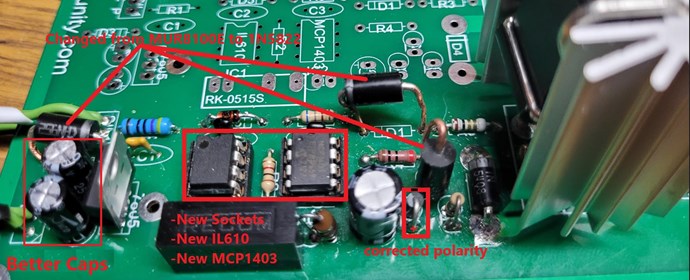
I started getting paranoid about the Signal generator Negative with respect to the Gnd lug on the back vs the DC supply so I put this together so I could jump in or jump out the Gnd.
I verified continuity of everything seen.
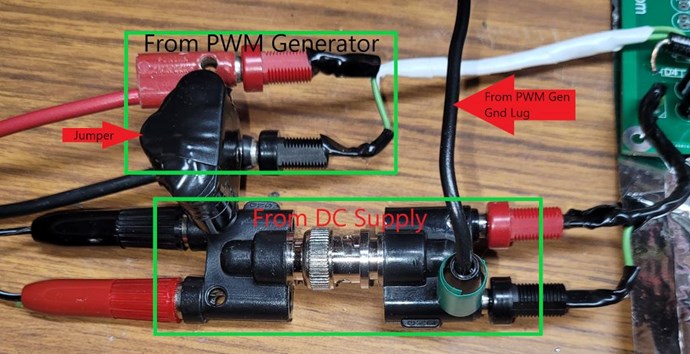
IL610 Voltage
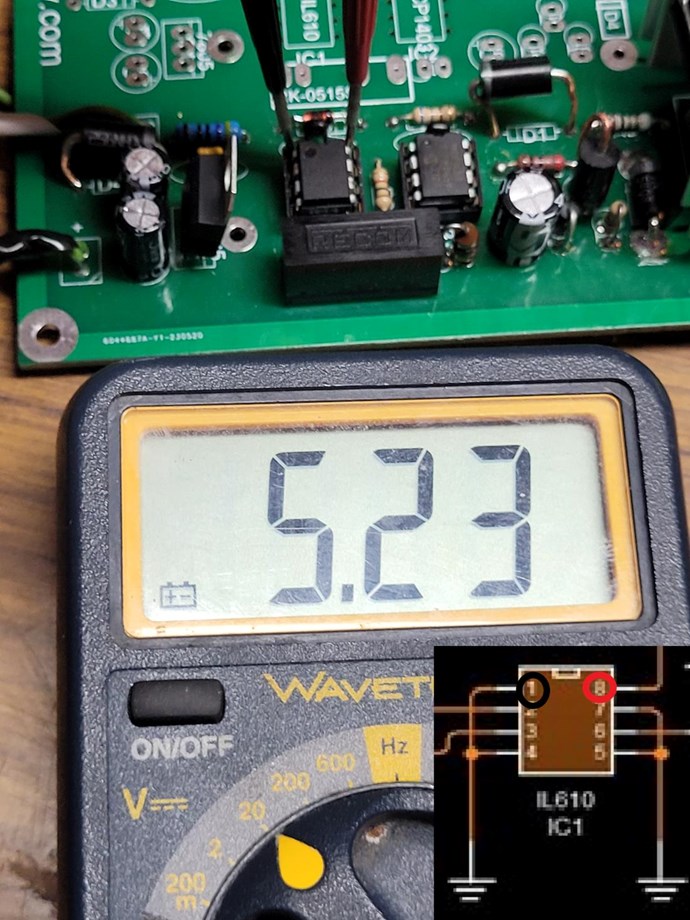
The MCP has power, but I don't know why it's over 16V with the 7.5V supply (if it's even related) It used to be ~15.5V when I was using the 12V supply, but then again I did make the grounds common. I don't know.
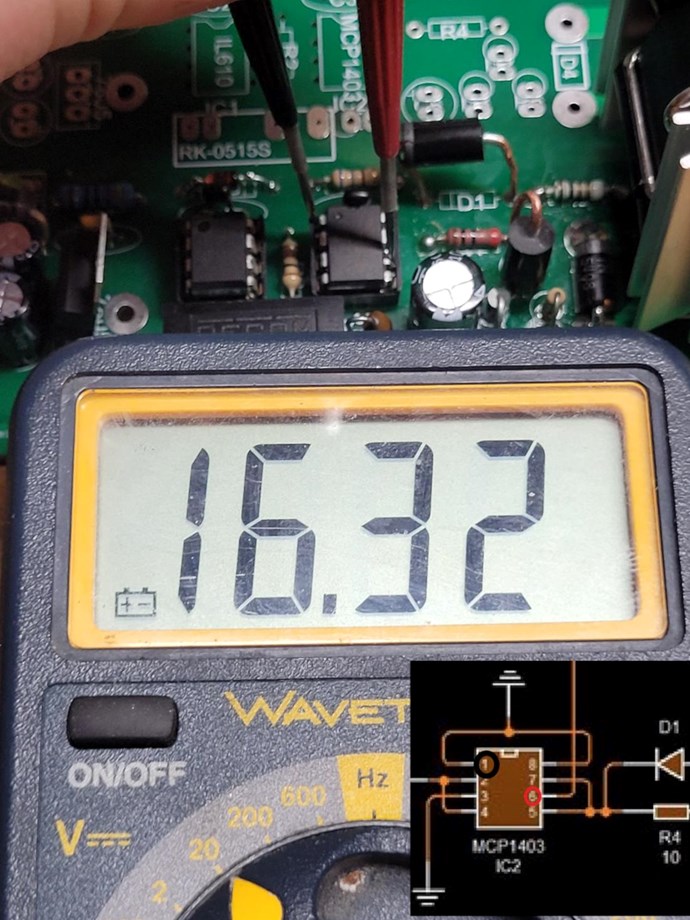
There is signal on the IL610 input
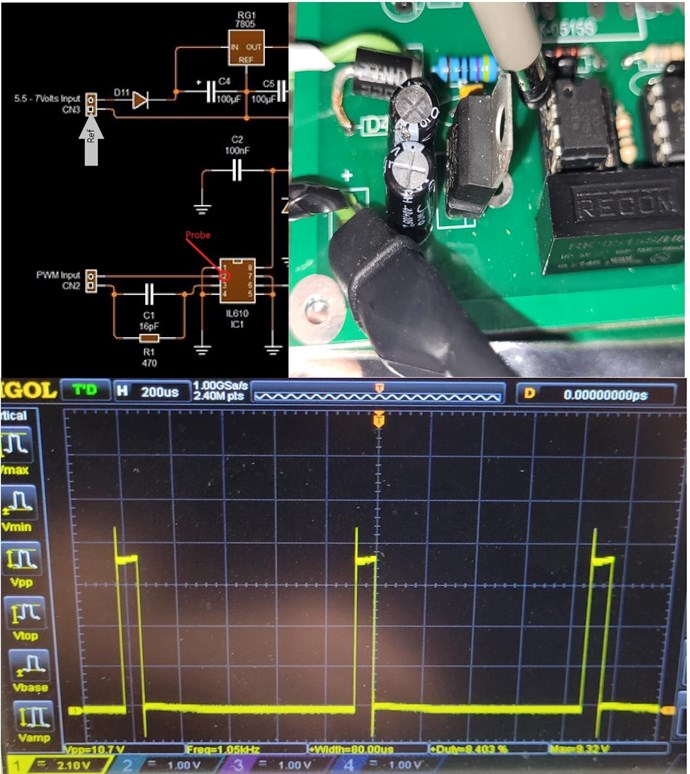
But when I probe the output and hit Auto I don't see anything resembling the input signal.
I tried using the reference shown, but I also tried using pins 1/4/7/5 and they all look like this
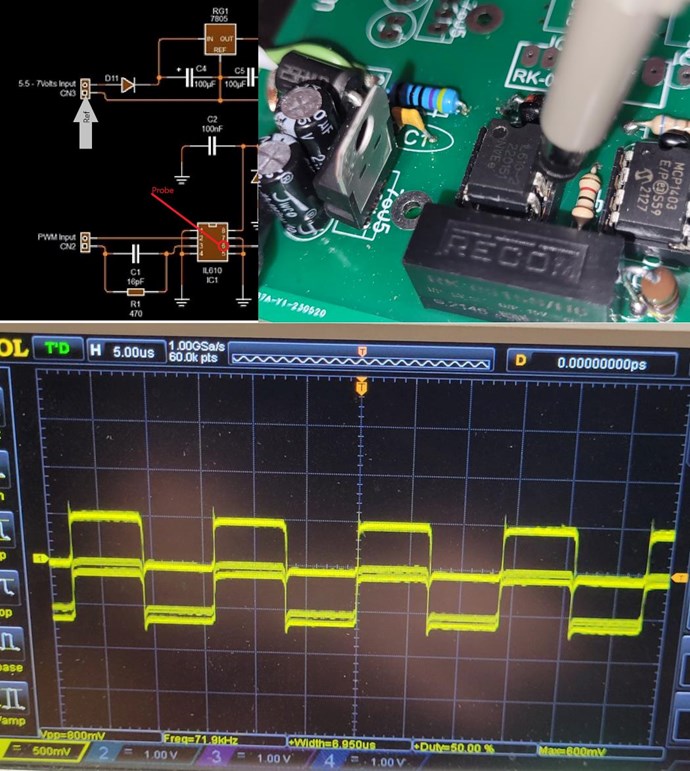
The input signal hasn't changed from 1Khz 8% duty at this point. I did hit auto on the scope.
The signal is low and I don't know where 71.9Khz is coming from.
Donovan had said to scope grounds anyway.
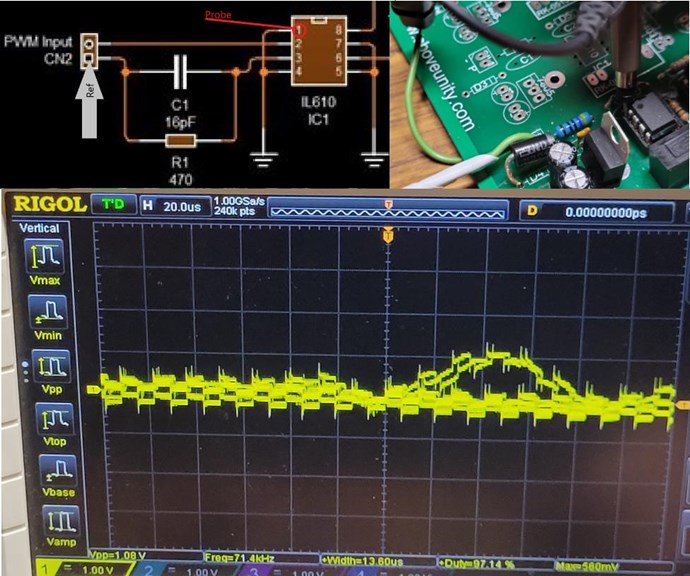
I shouldn't be seeing anything like what I'm seeing here should I?
(One of the most important things is to keep an open mind when troubleshooting......I have had many people say things like, ground is ground, why measure it.....yes, but your troubleshooting....is it really ground, or is that the problem...) I hope that makes sense.....we want to see if there is actually a signal present at the I/P pins..
There's a big difference between what happens in simulation and theory and what actually happens in practice. Real bench guys develop different subtle relationships with equipment and over the years develop practices that an armchair technician might scoff at. Some things might even seem superstitious. When a guy with 10k hrs on the bench suggests something it's probably worth the effort.
I have not seen anyone have such trouble with it,
I am he. Behold!
At this point I'm just waiting to see if replacing the IN5822 with the 1N5819 does anything.
Outside of that.. the only thing I could blame besides myself is the wiring.
My house is very old and the wiring isn't great. To make it worse, I'm 25m across the property in my barn that is powered by wiring going from the main building to the barn. I don't see a separate ground rod. I have never had a problem with other electronics but this is more sensitive instrumentation. I thought it was worth mentioning.
I am assuming your scope is isolated from ground, with an isolation transformer, or a ground lift plug.
The scope is a Rigol DS1054Z that I purchased for this project. I scoured the manual for references to grounding and isolation but didn't find any. It's not safe to assume. I am not using either a separate isolation transformer nor a ground lift plug.
If I'm not doing something right, it's because I don't know any better or it's the first time something has mattered.
To rule out my AC mains I'm going to bring over my Honda EU2000 generator and try using that.
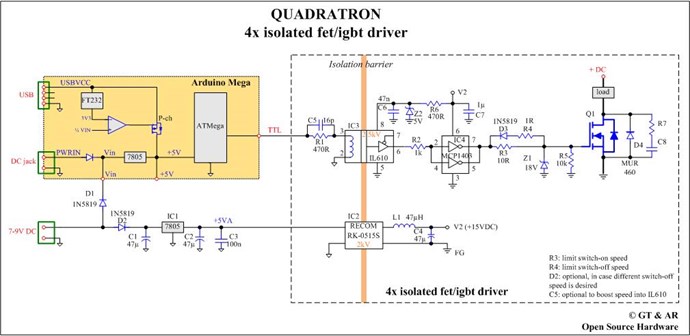
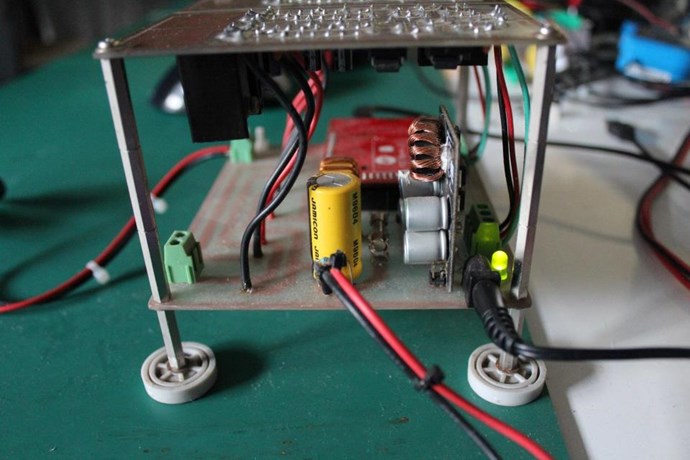
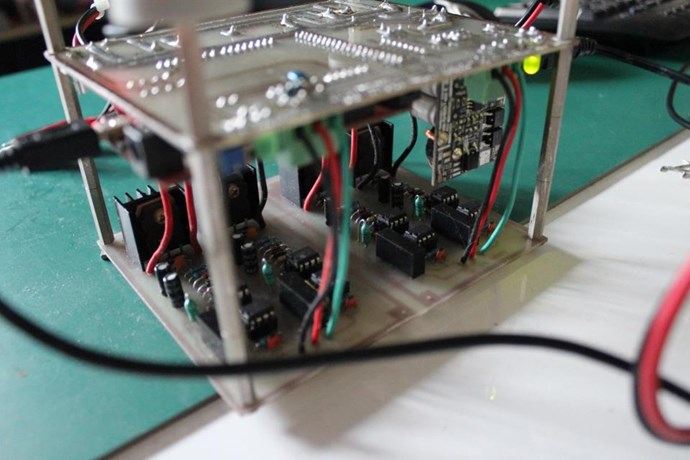
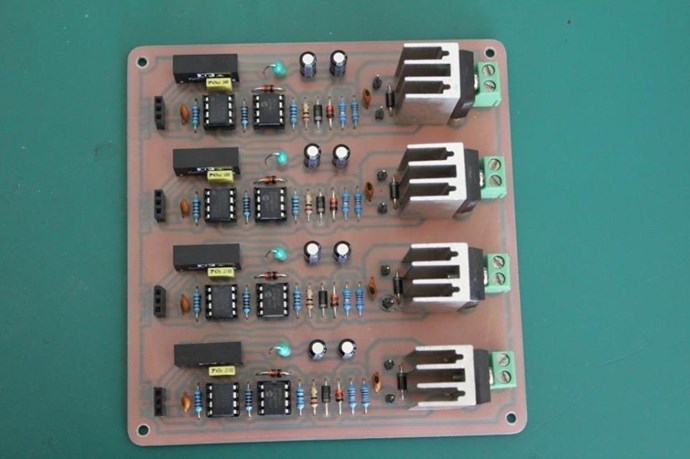
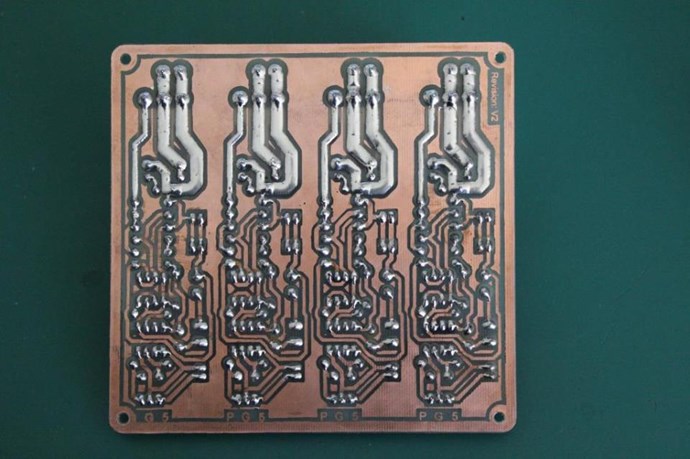
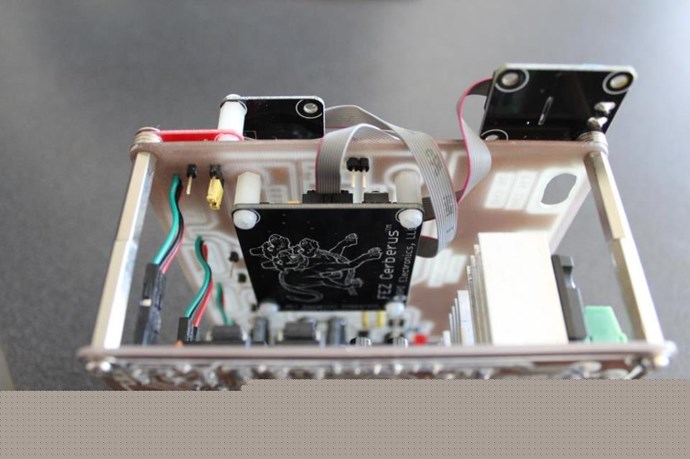
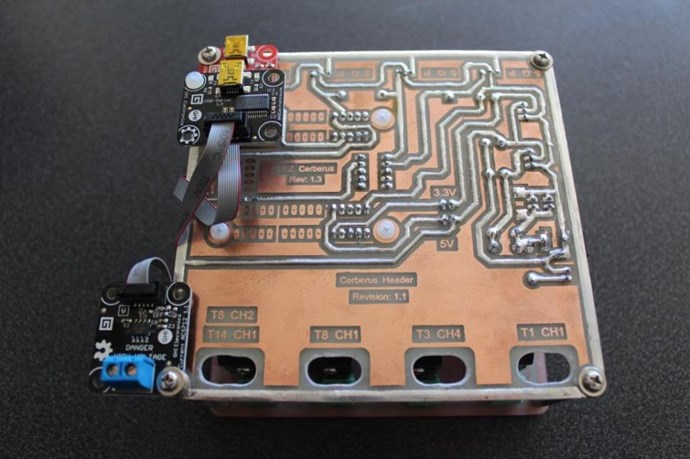
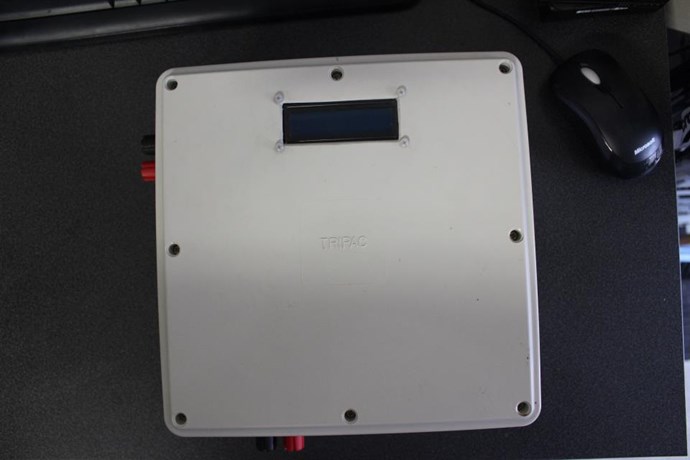
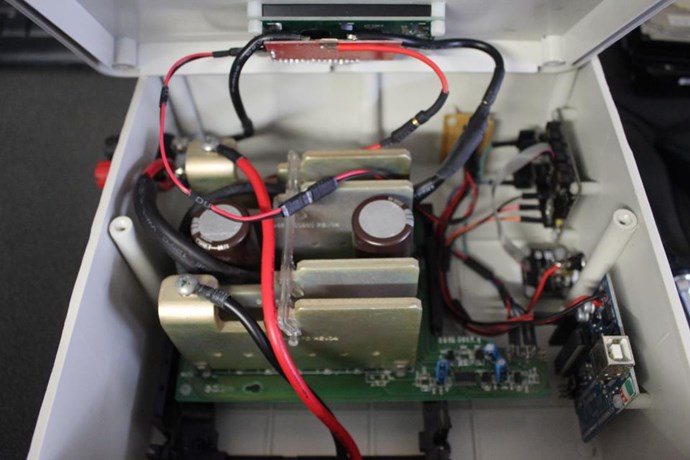
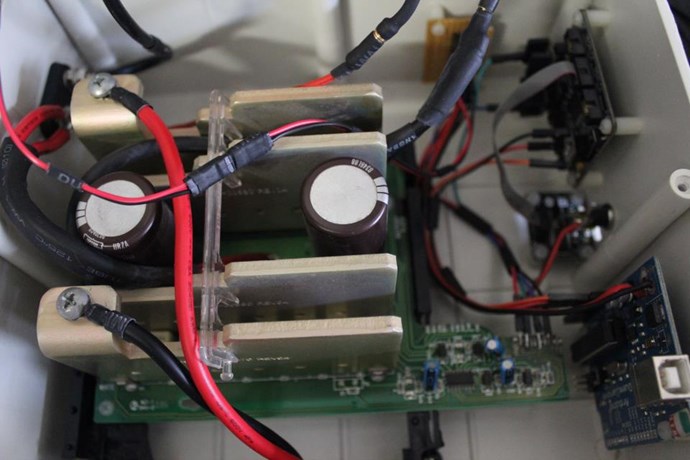
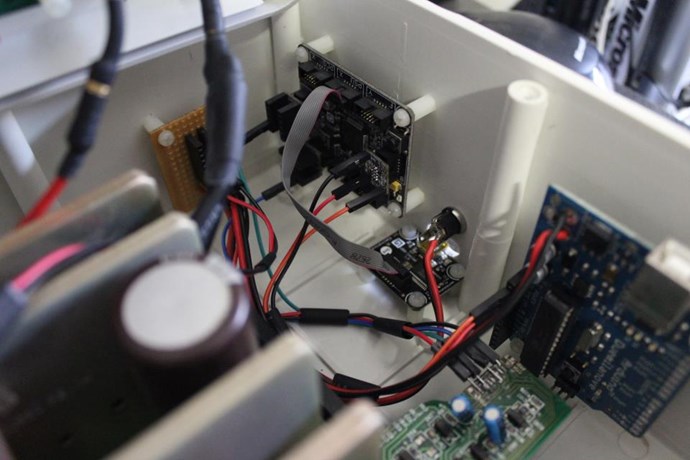
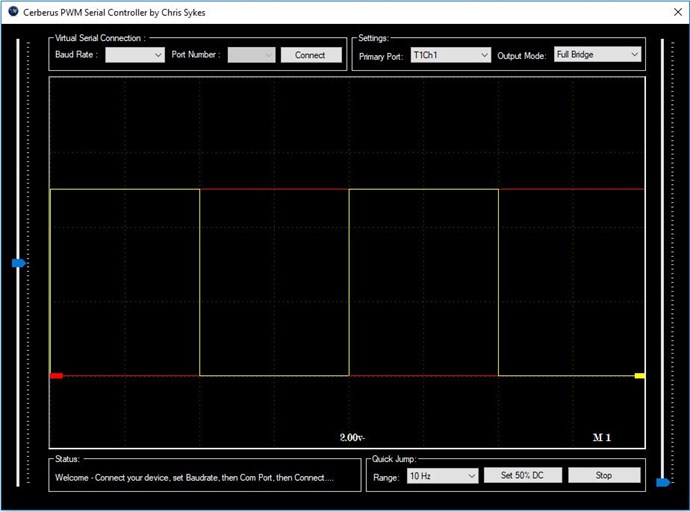





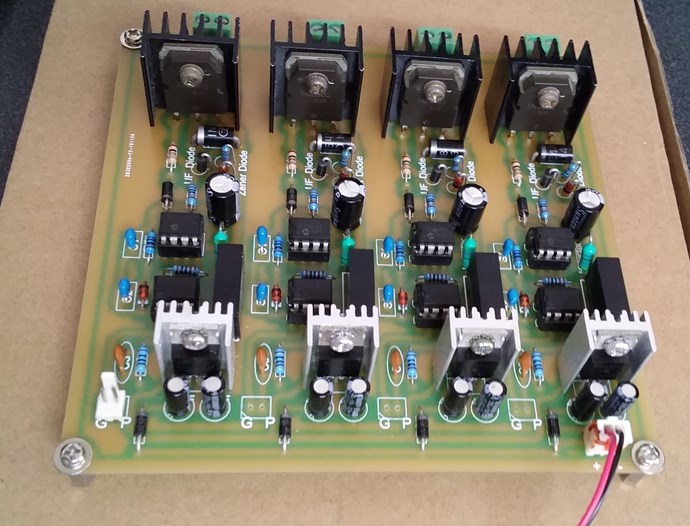
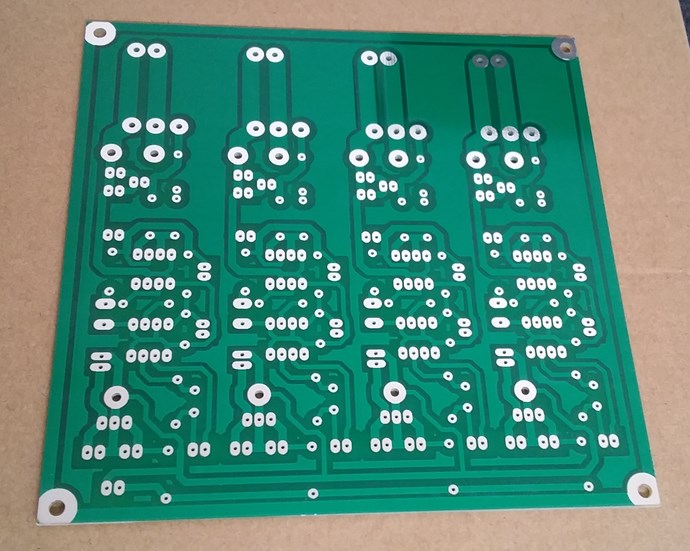
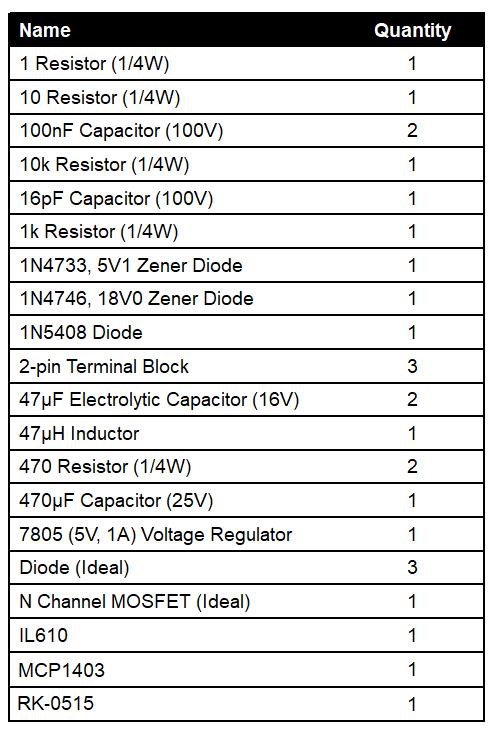
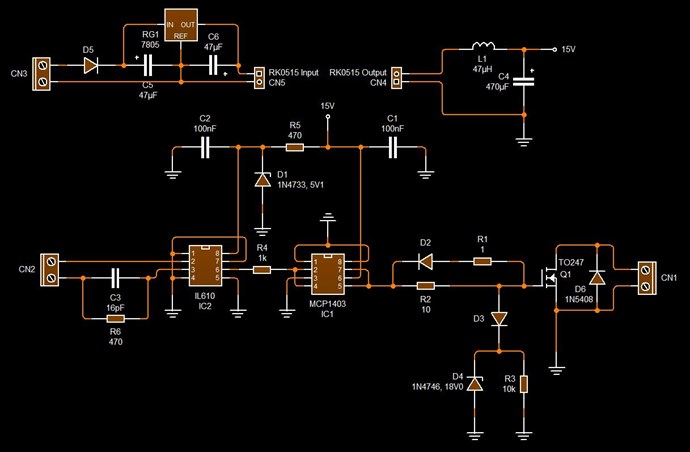



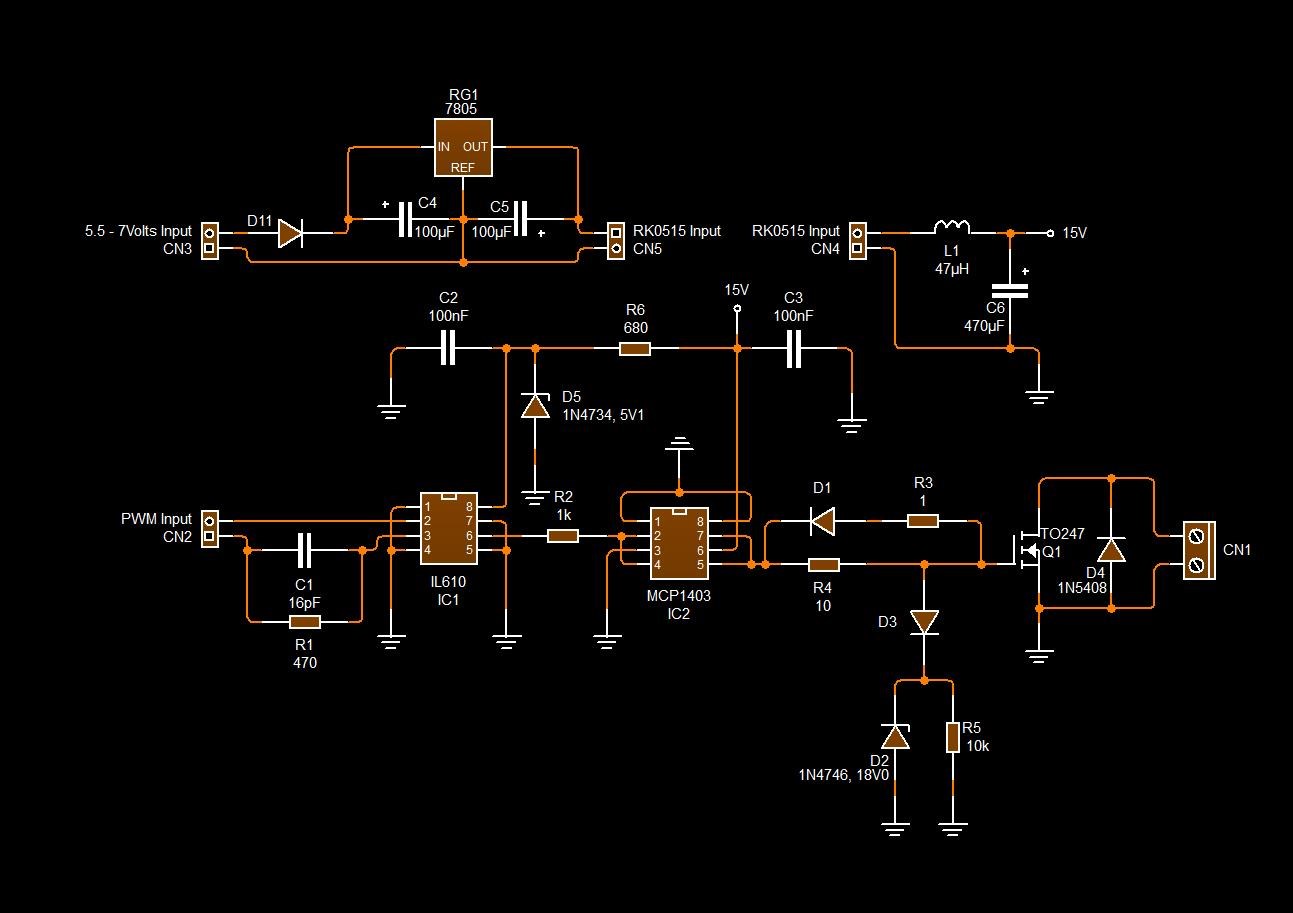
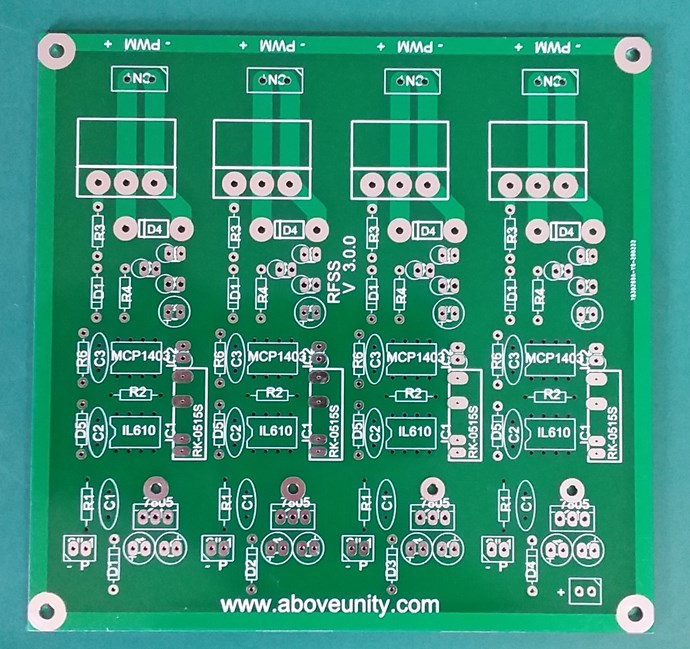
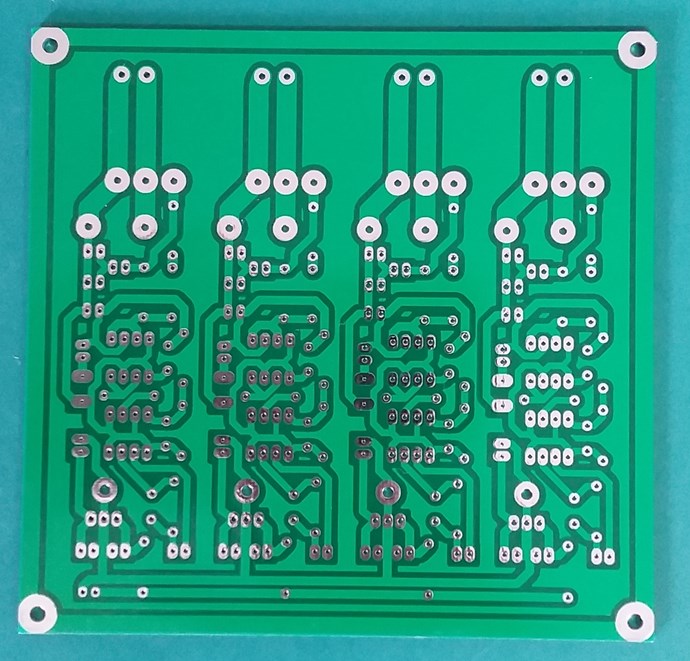


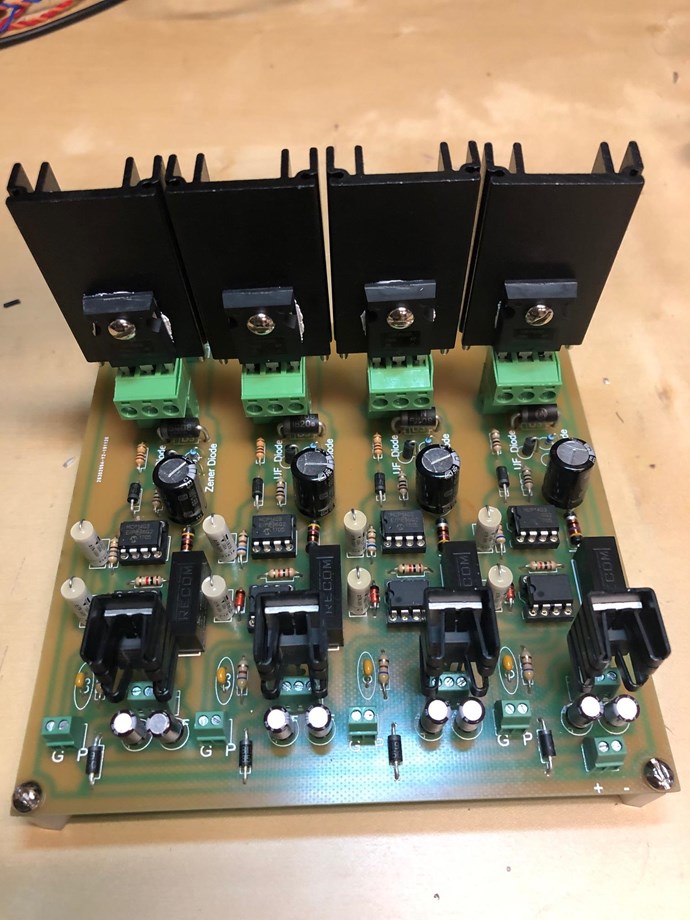
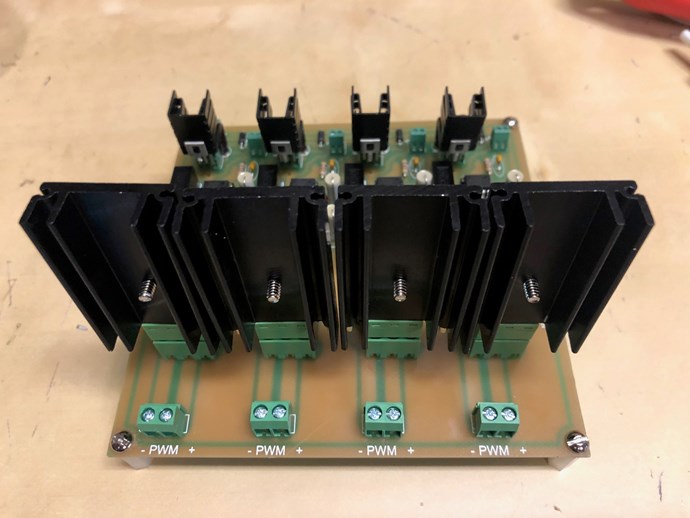
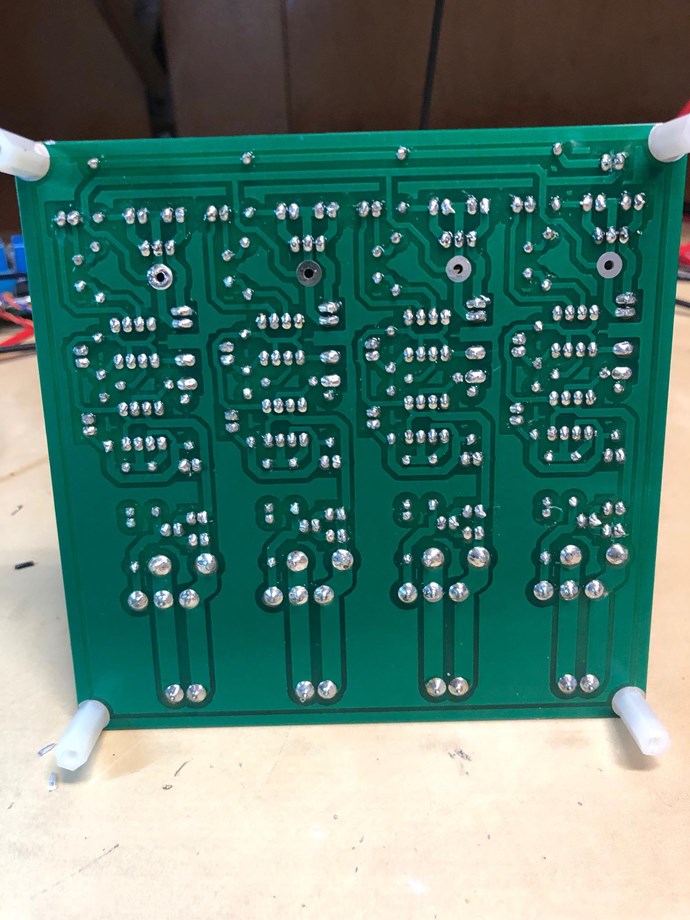

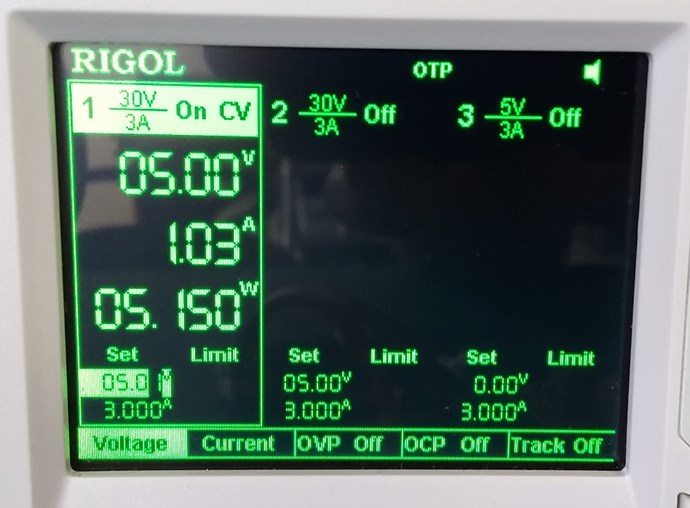
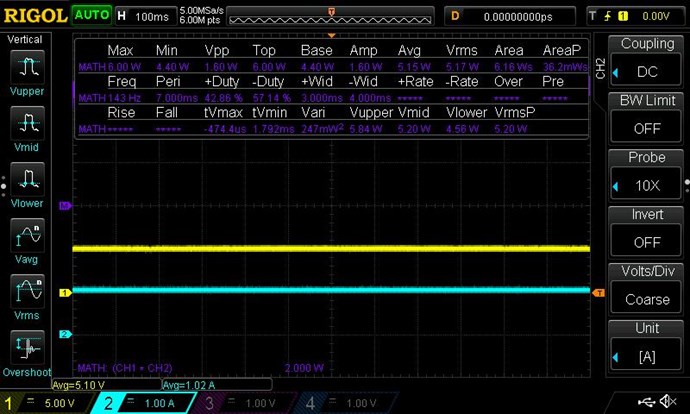




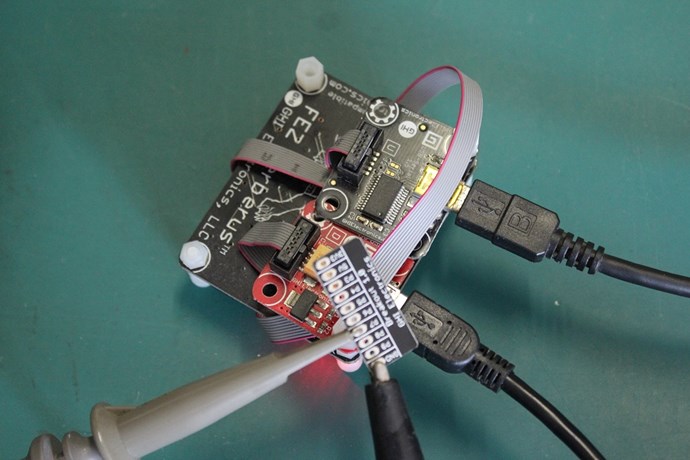
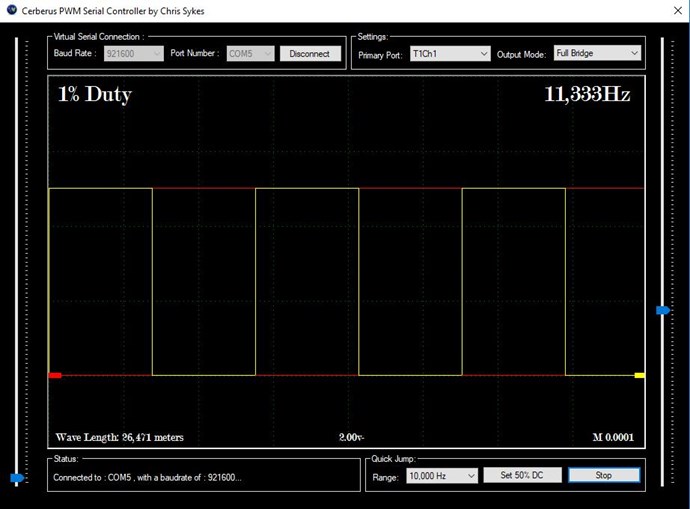
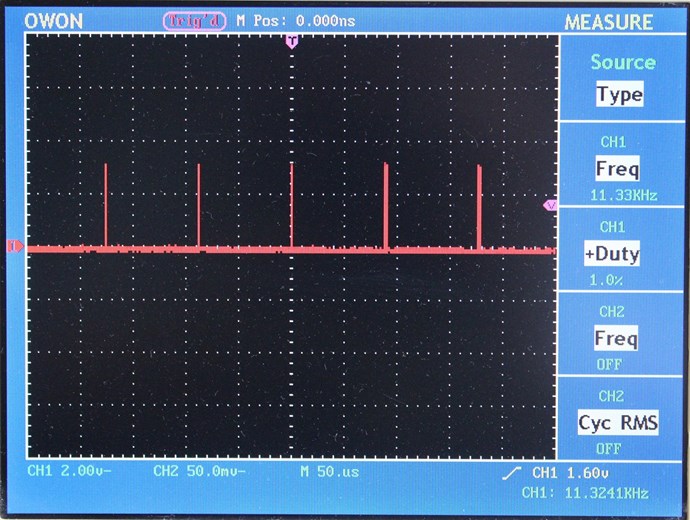
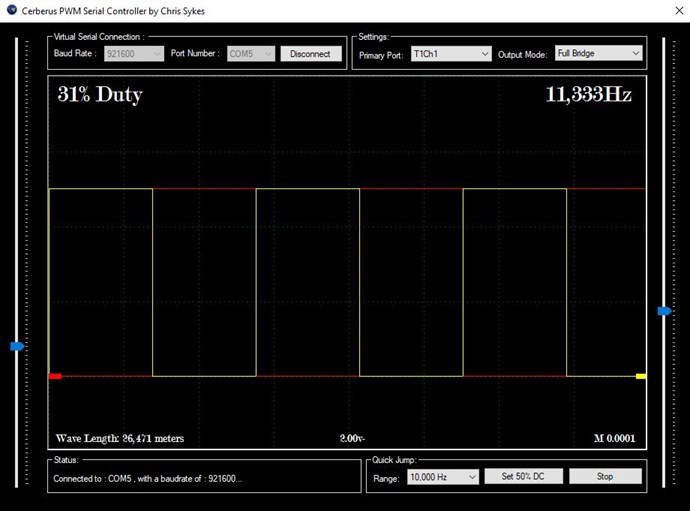
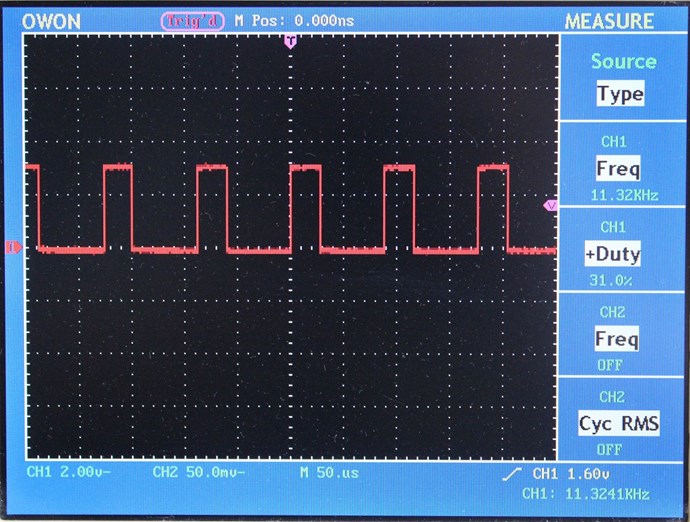

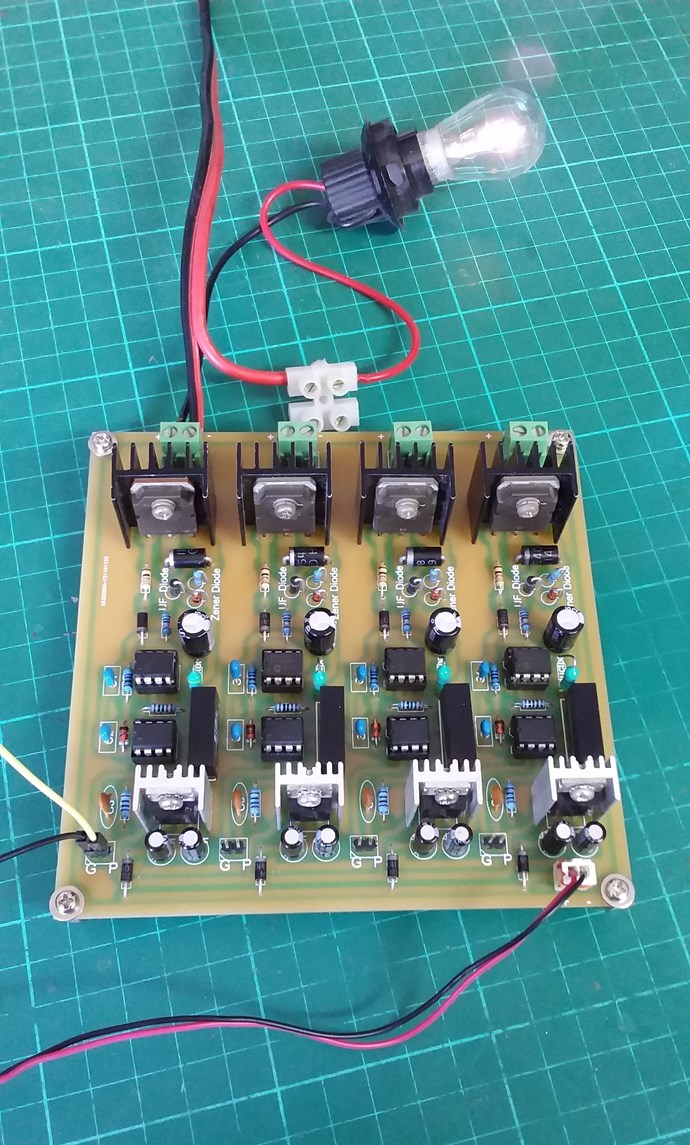



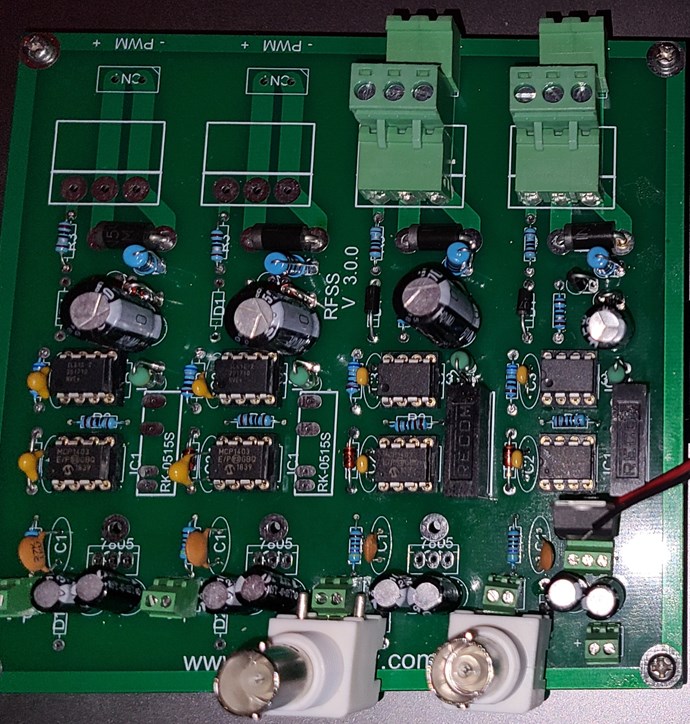
.jpg?width=20&crop=0,0,20,20)


